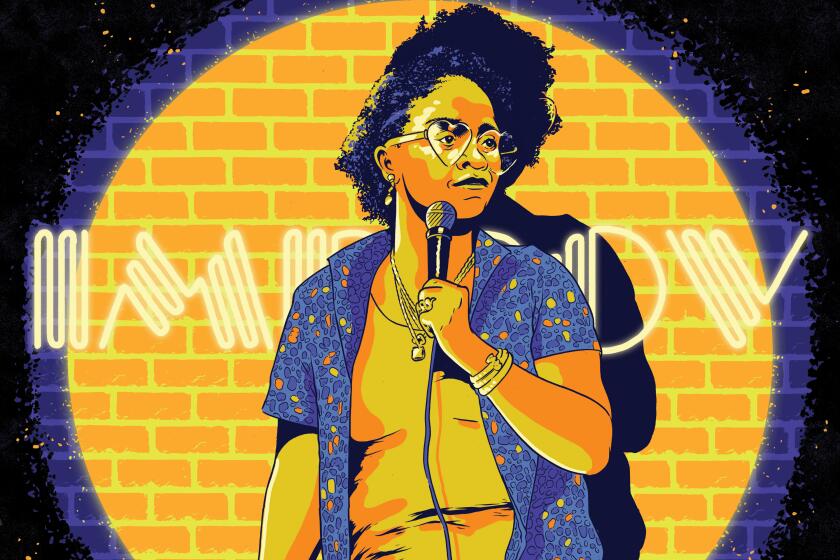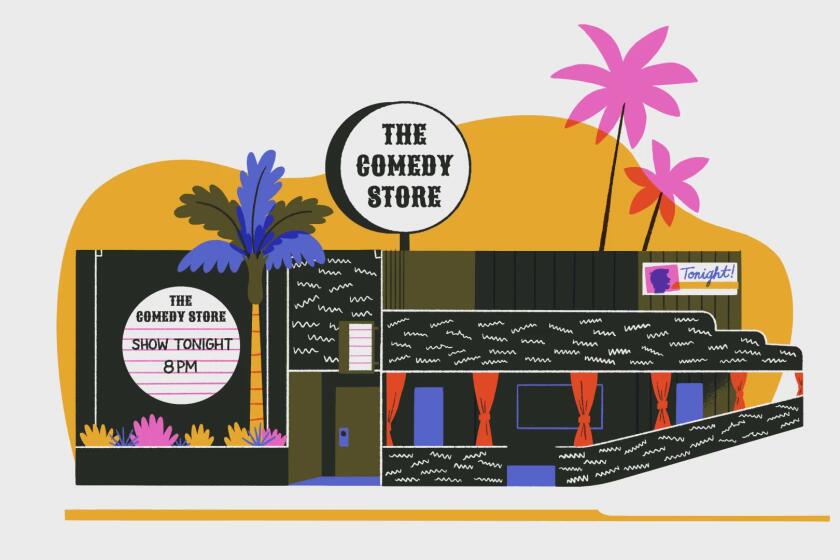
- Share via
What exactly is “clowning,” especially in 2022?
For most, the word “clown” evokes a hackneyed but still unfortunately common image of a tween’s ill-planned backyard birthday party littered with stick-figure balloon animals. At some point, the parents of a comedian might intentionally demean their career choice by telling others that they’re a clown for a living.
L.A. comic Bailey Norton casually ruminates over her answer, “It’s just taking your top off and screaming, right?”
Certainly there are a fair amount of so-called clowning or idiot performances that unravel, kind of literally, into nudity and yelling chaotically at each other or the audience. Many of the shows by Clown Zoo, a collective of clowns that has performed all around L.A., including in the abandoned zoo enclosures in Griffith Park, got very physical, very blue and went delightfully off the rails during lunchtime performances.
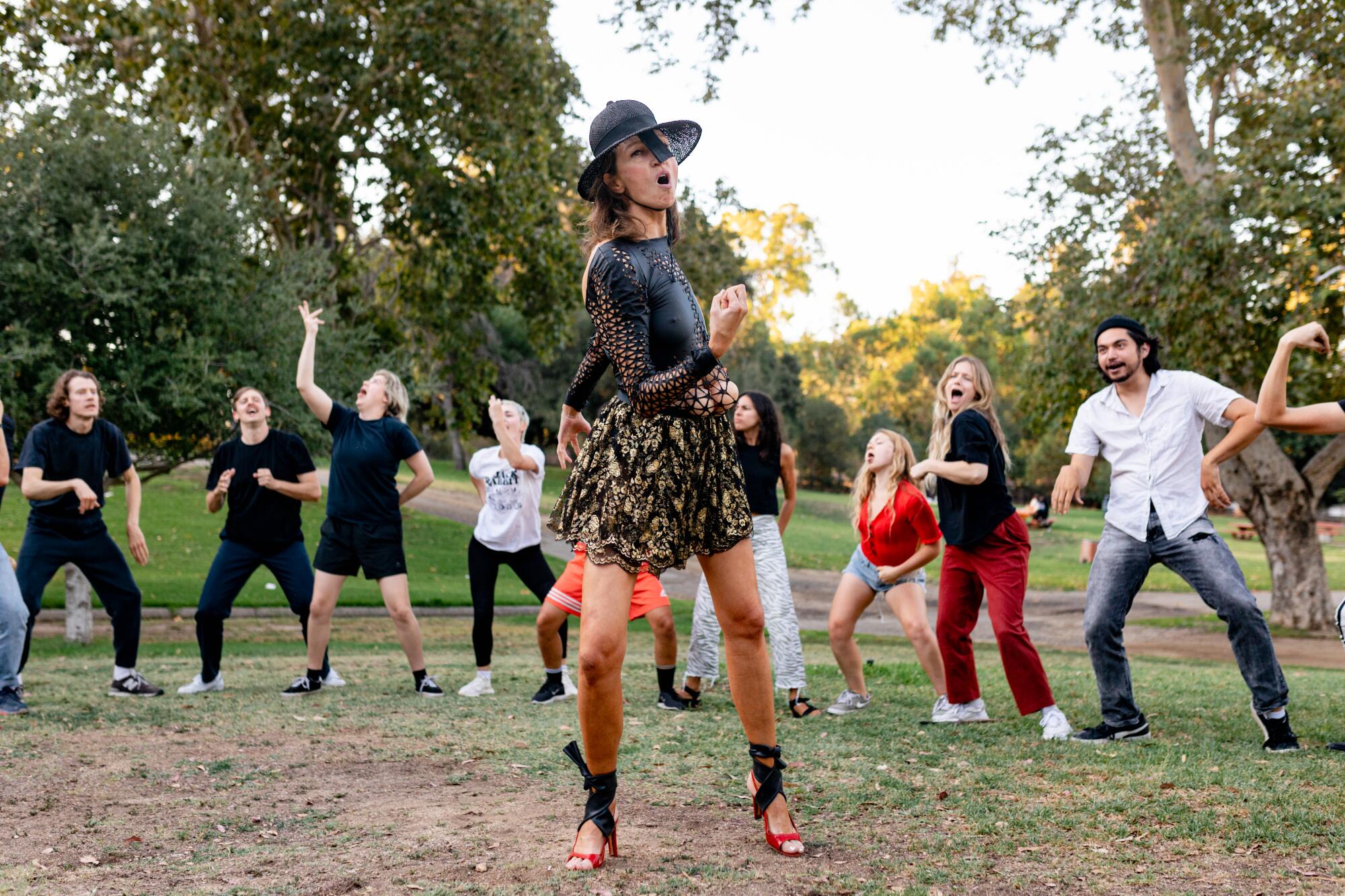
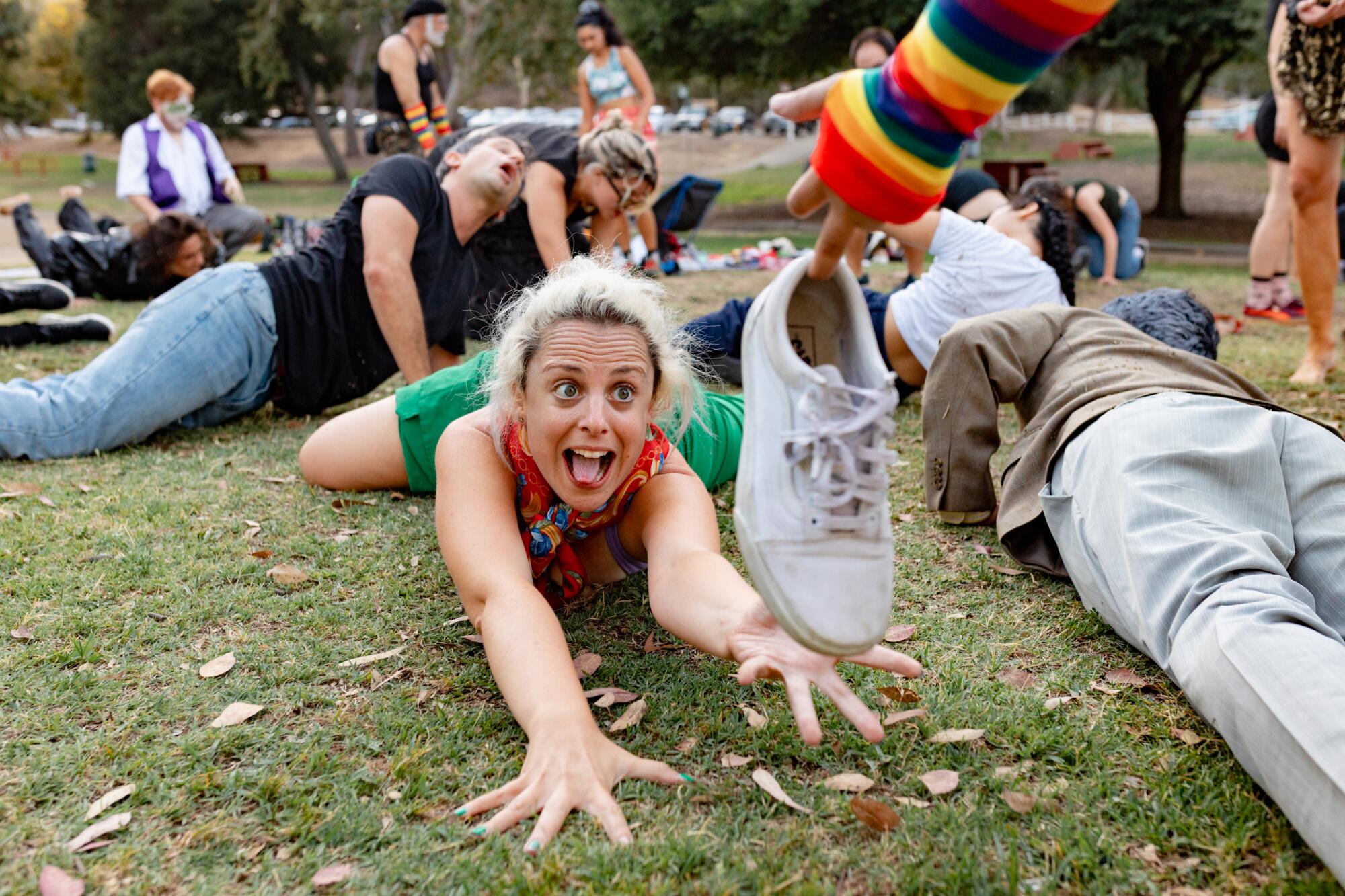
On the other hand, Jet Eveleth — the head of Clown Church and the Highland Park Clowns, clown teacher and beloved performer — gives her authoritative answer: “In the simplest terms, clown is a celebration of the physical and vulnerable side of the human experience. When the performer embraces this ‘muchness’ of life, they serve as a mirror for the audience to see and laugh at themselves from a safe distance,” she said.
“So yes, it is mostly just falling down, falling in love or farting, but from a wider angle, clown is poking fun at the human condition.”
It’s worth noting that Clown Zoo has been and continues to be specifically performed with masks a la commedia dell’arte, though it’s done with a 21st century, postmodernist flair with frequent disregard for any kind of fourth wall. In fact, the formats of Clown Zoo and so many of the current clown shows around L.A. are imagined as “rehearsals” or “exhibitions” of some staggering work of genius that are directed live by another one of the clowns, only to be disappointed by the rest of the clowns’ joyful defiance of any direction or prompt given to them.
Chad Damiani, a veritable ringleader in the clowning community in L.A., takes on this taskmaster directing role, which bolsters the audience to join in the chaotic revelry onstage in rebellion against his exacting demands. Damiani muses that clowning is an “intimate experience with an audience, but from a position of your most joyful, primal, childlike impulses.”
We need laughter now more than ever. Here’s an inside look at our thriving local stand-up scene.
To hedge his bets for that type of experience, Damiani says one of the clown’s primary goals is to “emphasize failure.” “We did a Clown Zoo the other day, and the prompt for the show was exploring absence. So, I told the audience, ‘I want you to pay attention to everything that’s not happening onstage.’ The first scene was about a world where ‘Fresh Air’ with Terry Gross does not exist.” Such an impossible prompt is often the ingredient it takes for the audience to root for the clown earnestly trying to hit the mark and potentially ending up somewhere else entirely.
You can even find that dynamic in Damiani’s own solo work, most notably a detective being “forced” to tell the most tasteless one-liners imaginable while under threat of several blocks of C-4 (all props) being detonated from a mysterious villain on the phone.
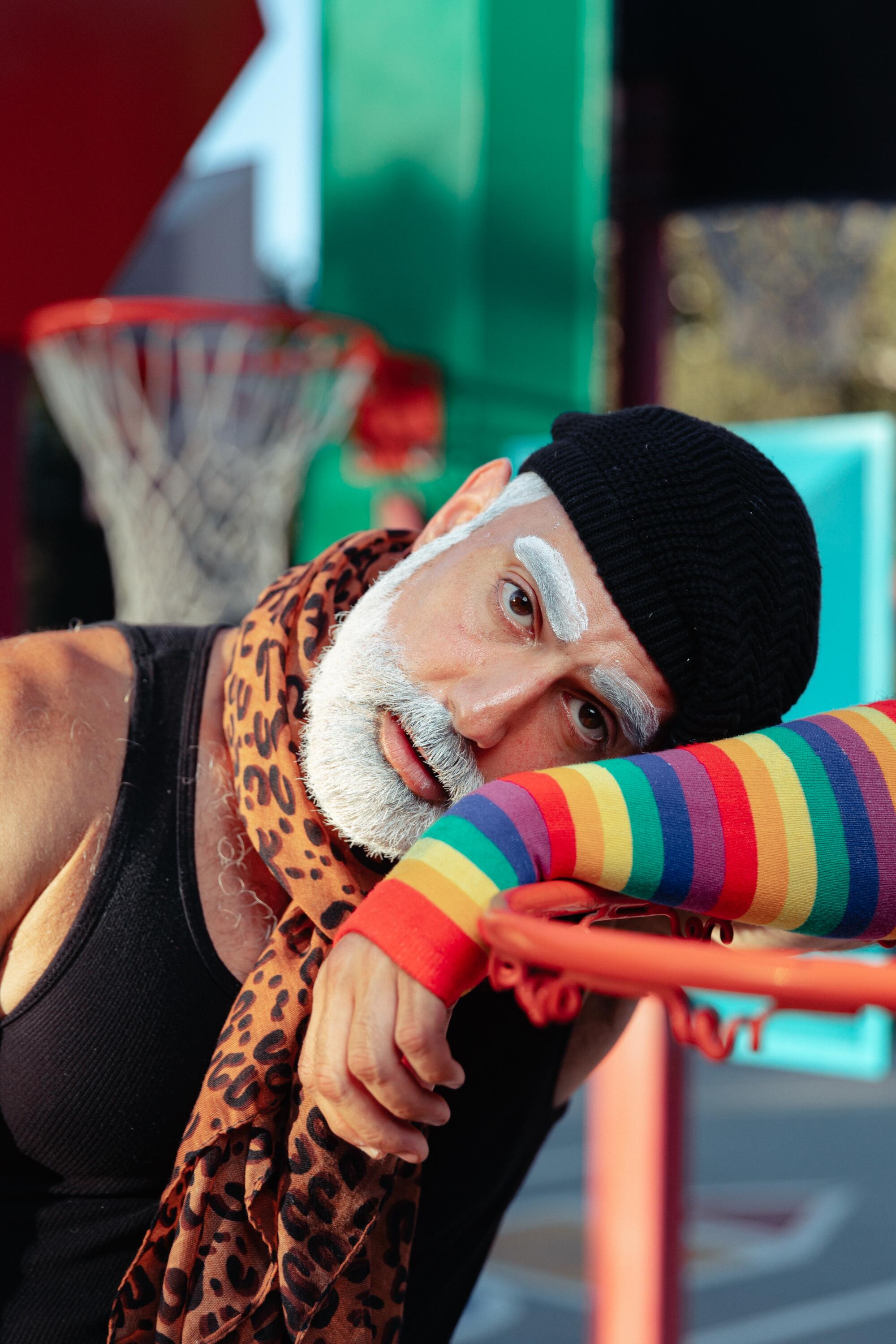
On that same wavelength, Bill O’Neill, a performer in the L.A. clown scene, has been developing a solo show for a good portion of 2022 with the premise of slipping on a banana peel in 1,000 different ways. O’Neill says, “Clowns are outsiders and misfits, typically up against insurmountable odds — the characters you want to root for. Because there’s danger and sweetness in their naivete. Like a kid running through sprinklers or a dog that accidentally picks up a kitchen knife.”
The levels of absurdity that clowns aspire to often go further than other disciplines in comedy, demanding a level of commitment that sacrifices any notion of being explicitly clever or cool. Dean Evans, one of the more respected and established clowns in L.A. and director of the insanely fast-paced clown collective the Nonsemble, describes clowning as “the poetry of being a human.”
Cheer up at one of these spots for stand-up comedy in L.A.
”That is what makes it challenging to teach,” Evans says. “You can’t teach a person to be a clown any more than you can teach them to be a human. You can only help them see and feel how they already are a clown.” Evans’ Nonsemble does a monthly showcase called “Month Long Ham Festival” that dares to do several clown pieces, in an order entirely decided by the audience throughout the show. One of the bits jolts the audience and the clowns to entirely trade places from stage to seats in a matter of seconds. The stakes are heightened with bits that are more experientially humorous and delightful as opposed to the knee-jerk response you get from a classically delivered joke.
Such a skill set has proved invaluable in comedians like Christina Catherine Martinez from other corners of the art form. Martinez found so much of herself in tapping into her abjectly silly, absurdist instincts through clown after starting in the stand-up scene in L.A. “It cracked me open, punched a lot of holes in my act and taught me how to be more present and nimble onstage,” she says. “Not that that process is ever complete, but it has brought a lot more joy to my bits … even when the bits are gross or sad. It’s helped bring a heightened awareness to my stand-up. Through the lens of clown, anything in the room can be a gift — even a drunk heckler, or a faulty mic, or the worst bomb of your life.”
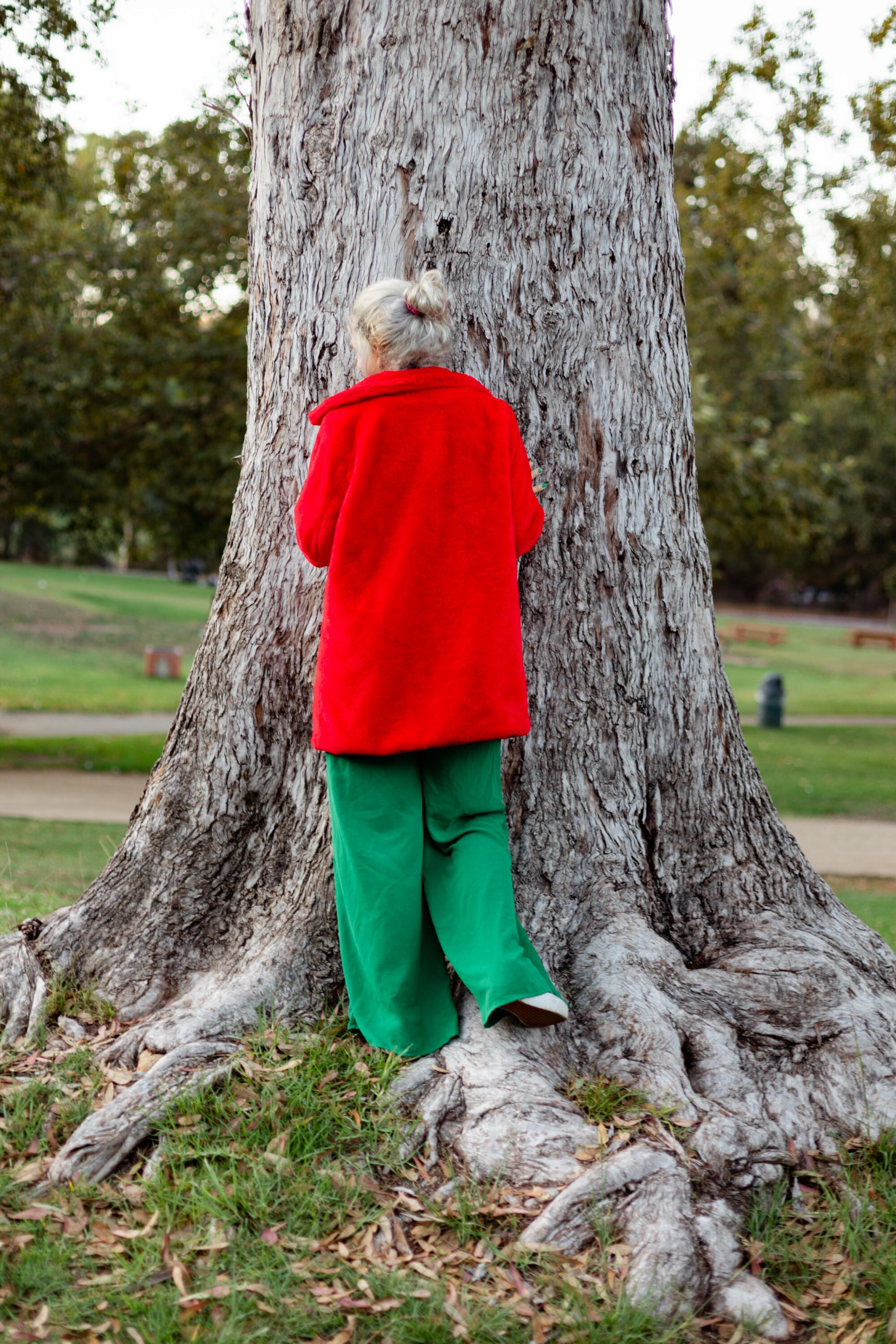

The rising popularity of what could be possibly considered a fourth form of live comedy, lining up right next to stand-up, sketch and improv, is of concern to the clowns, especially when so much of their work is rooted in being rebelliously uncool in the most fun-loving way possible. When asked if clowning could ever become too cool for its own good (part of what happened to institutional long-form improv in the last several years), Damiani doesn’t seem too worried.
“I don’t think we are living in a time where empathy heals much, and I feel like a big part of this work is relying on people’s general humanity,” he says. “At this point in time, it’s a very specific type of comedygoer that is seeking something existentially different in what live comedy they see. That comedy void is often what leads them to the clown side to get richly rewarded.”
Baked into the DNA of this era is a stark defiance of definition, but also a dedication to the absurdity of the human experience.
“There’s a lot of paradox in clown, which can be maddening if you’re someone who wants to just figure it out or get ‘good’ at it,” Martinez says. “There’s no getting good at it because ‘it’ is different for every person. Right before going onstage, my first clown teacher would say to me, ‘Remember, Christina, you got this … but you don’t have it.’ So, come to think of it, disregard all the above.”



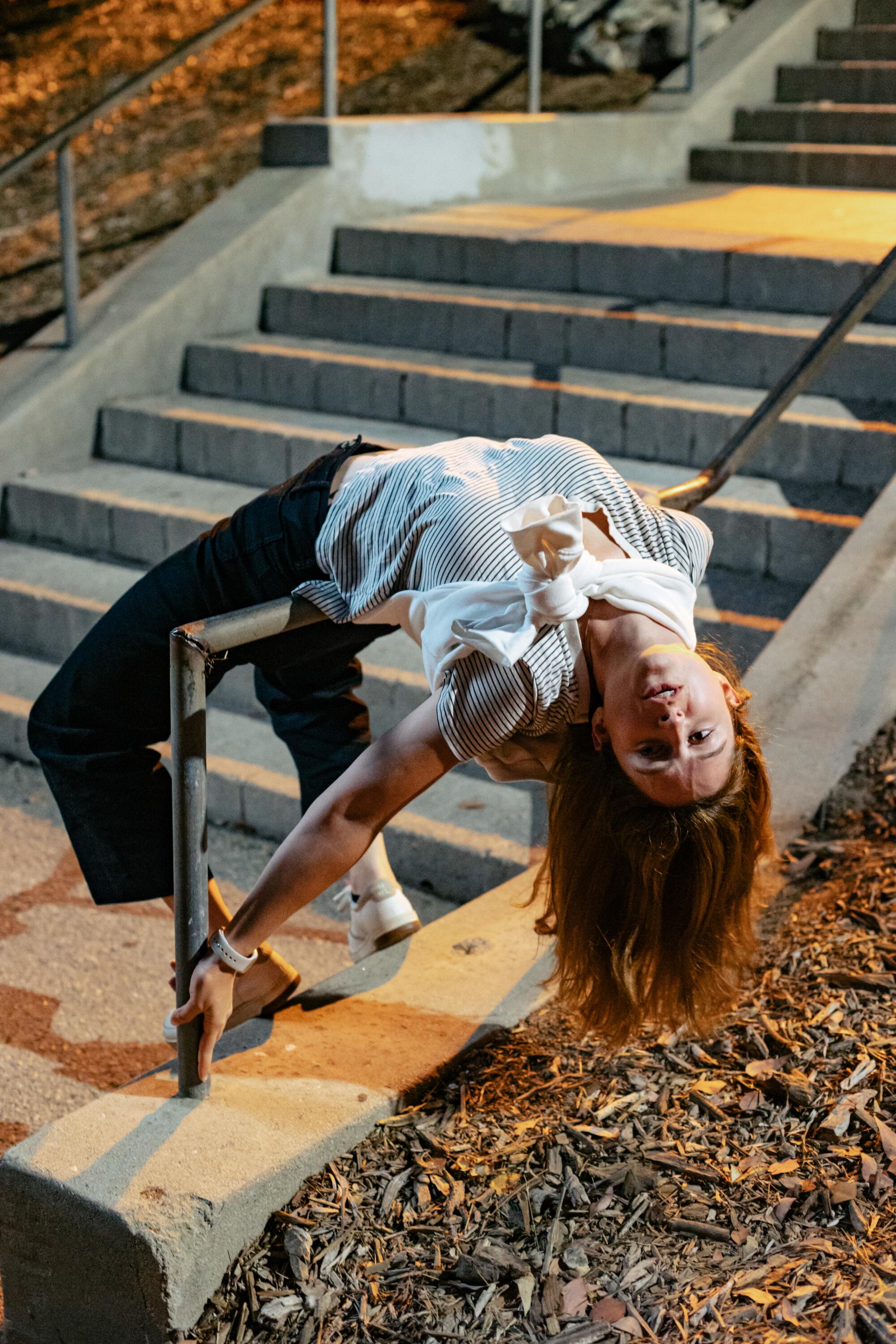
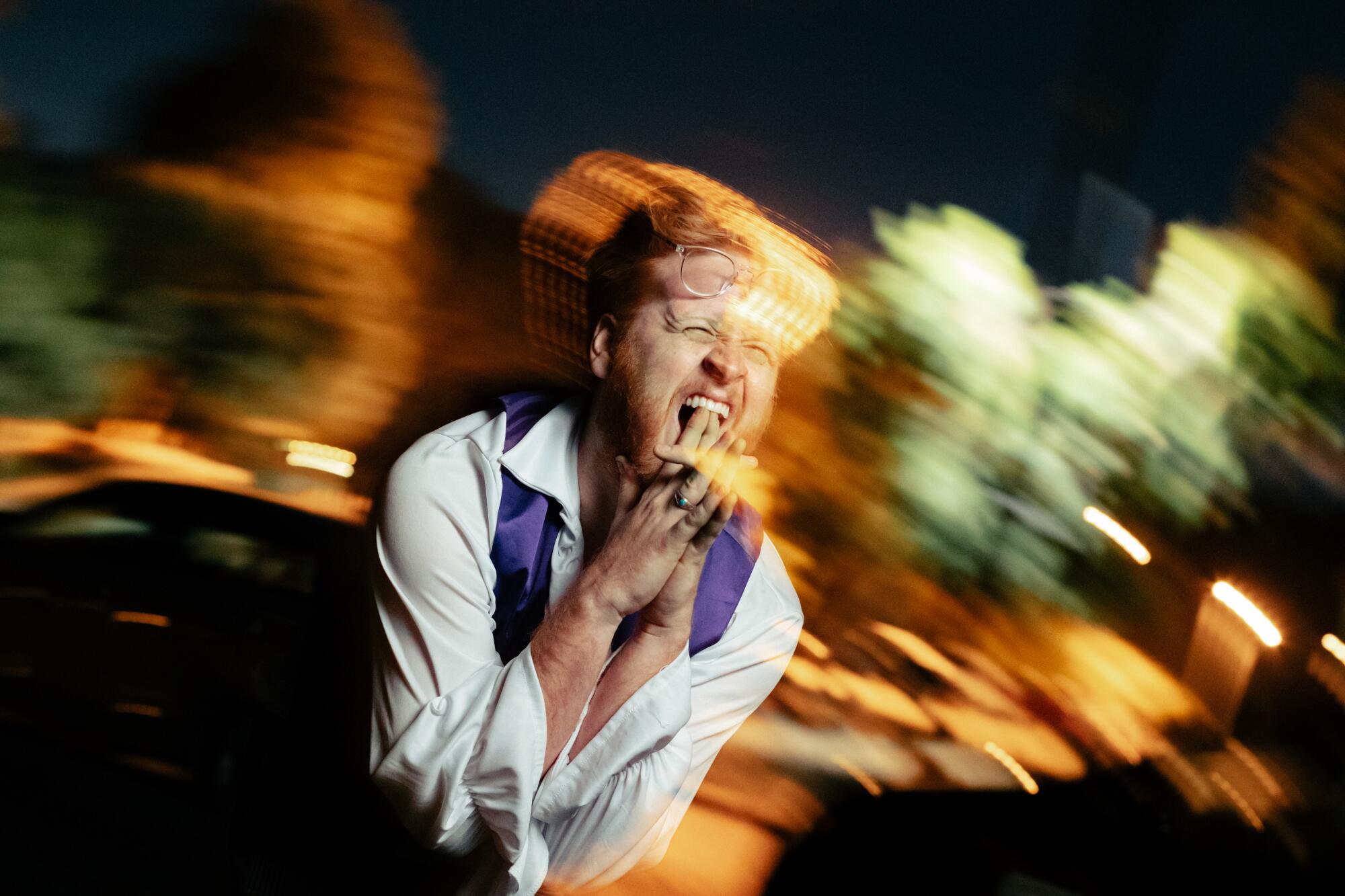
More to Read
The biggest entertainment stories
Get our big stories about Hollywood, film, television, music, arts, culture and more right in your inbox as soon as they publish.
You may occasionally receive promotional content from the Los Angeles Times.
